Y1U2W1
The purpose of a catalogue, the relationships between its component parts, and even the value and meaning of each individual part, are all shaped and articulated by the form of the catalogue itself.
(Using this loose definition, any language system could be thought of as a catalogue—of sounds, words, ideas, etc. And like any language system, a catalogue is always contextual. Any purpose, value, or meaning created within it is provisional; that is, it is limited to a place, time, or circumstance.)
In this project, you will identify, analyse, and manipulate the relationships between parts within a given set.
Start by analyzing your set: What are the different components? How are they similar? How are they different? How are they held together, both formally and conceptually? How is your understanding of each component shaped by its relationship to the other parts in the set? Is there an identifiable ‘grammar’ within the system? What patterns are visible across the set? How is it presented, circulated, or accessed?
Then, experiment extensively with 3–4 new methods of cataloguing that reconfigure the purpose, value, and meaning of the individual components and the set. You might try: taxonomising, classifying, sequencing, captioning, framing, (re)contextualizing, (re)drawing, (re)presenting, hijacking, subverting, exaggerating, etc.
Consider how these methods allow you to create new patterns and change the relationships between the items in the set, and experiment with a range of formal approaches to change how the set is presented, circulated, or accessed.
Sequencing
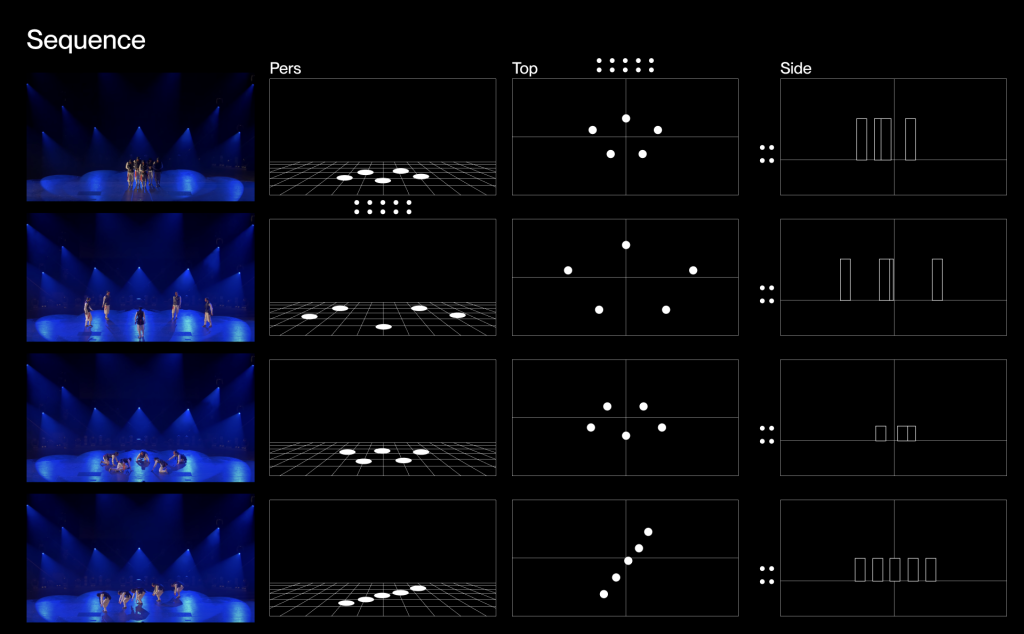
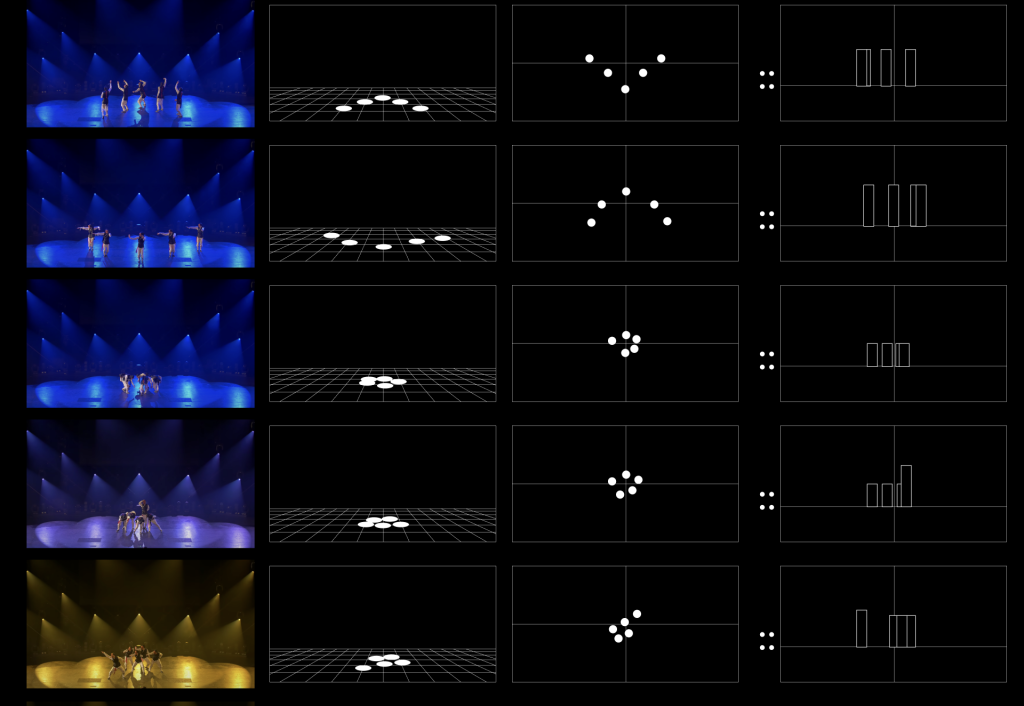
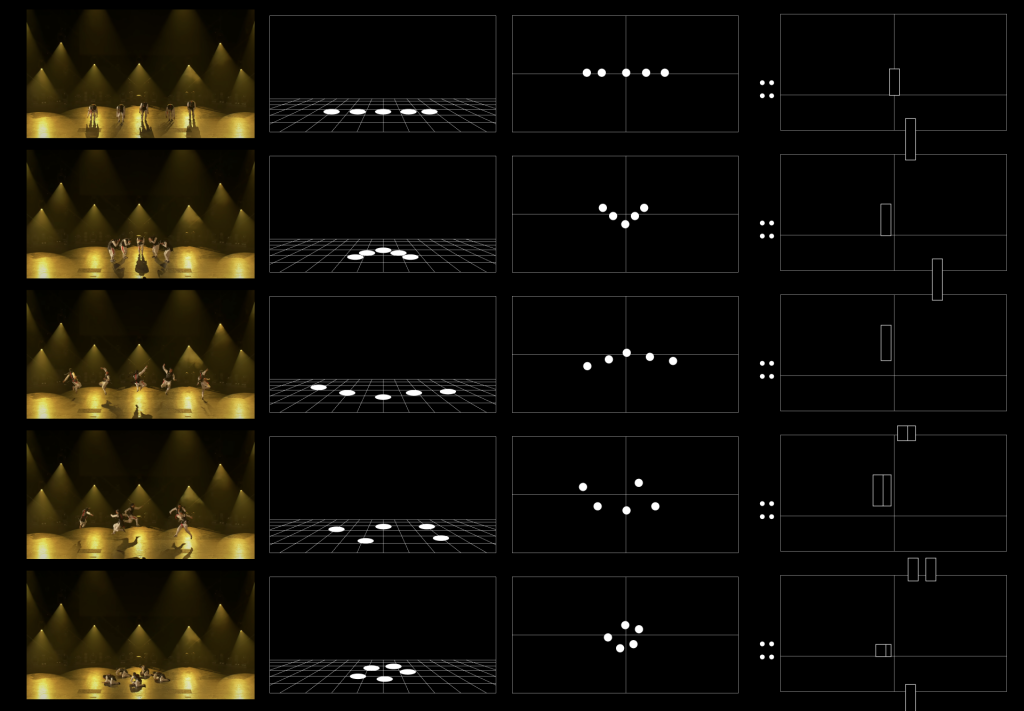
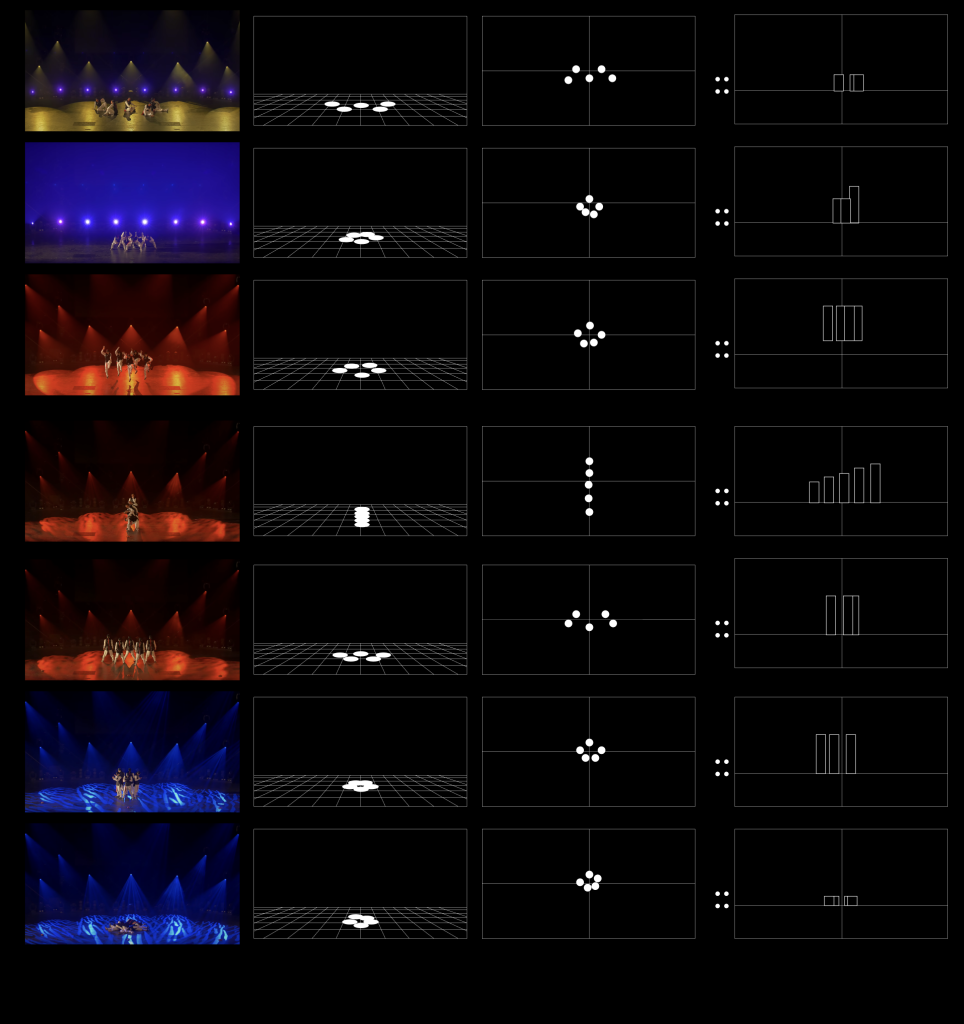
I started by categorising the dancers’ overall movement.
I plotted their various movements in three-dimensional space, not just from the top. It was particularly fun to categorise their heights in side view.
Redrawing
When I looked at their choreography, I could feel the Eastern and Western parts of them. I wanted to know why they felt that way, so I traced their movements with dots and lines around their hands, feet, head, and torso. Then I drew out the common movements.
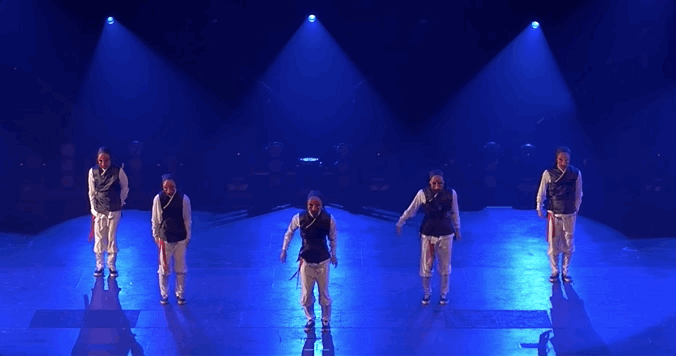
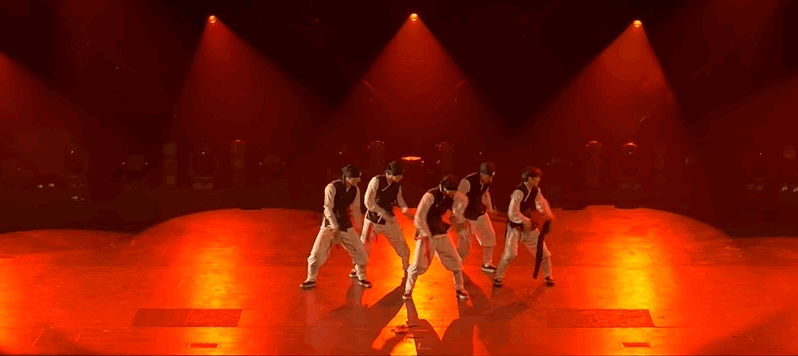
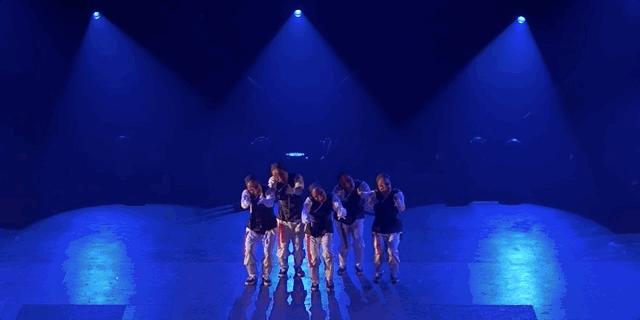
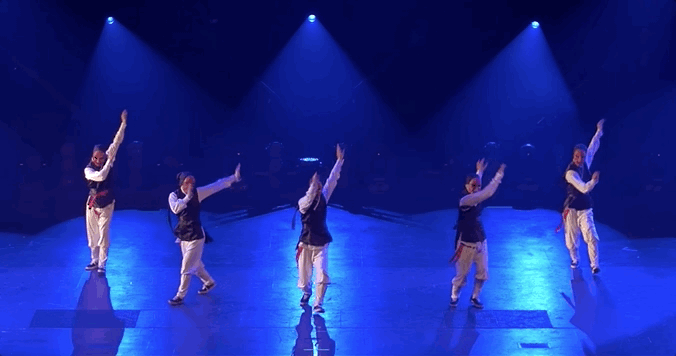

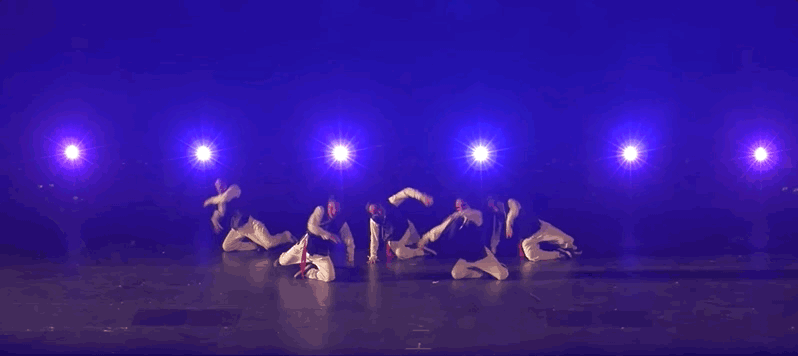
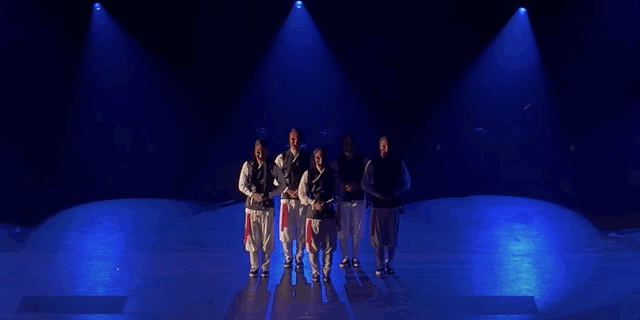
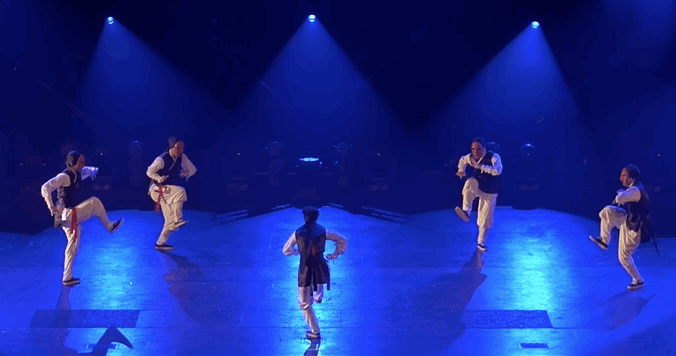
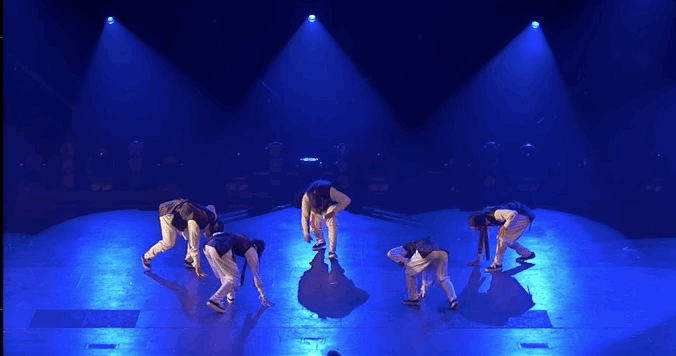
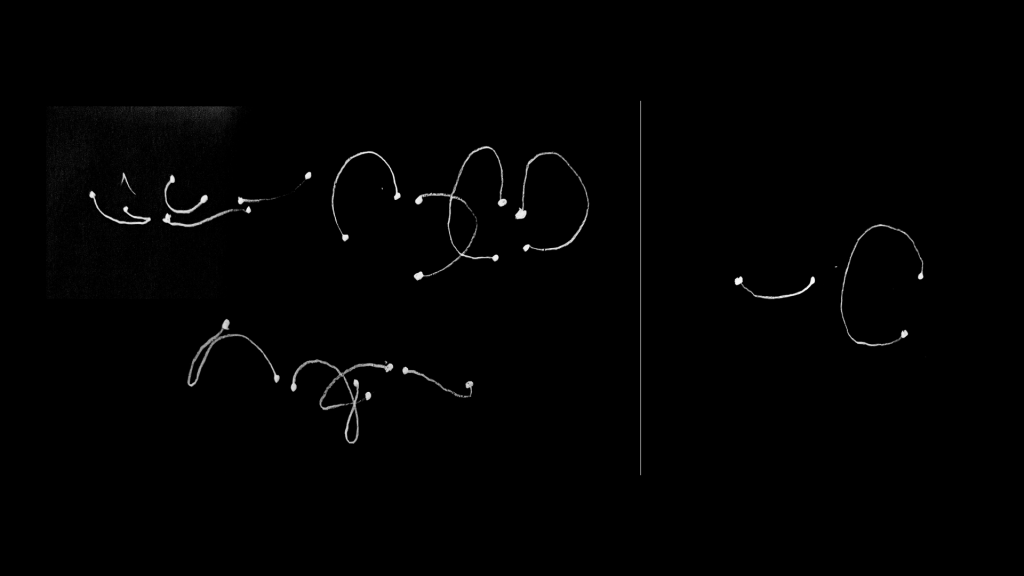

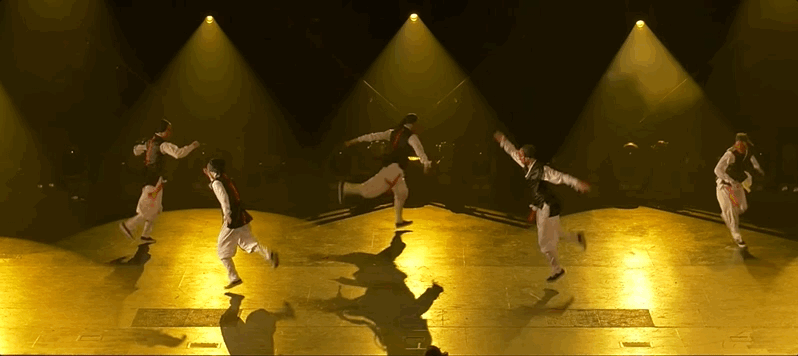
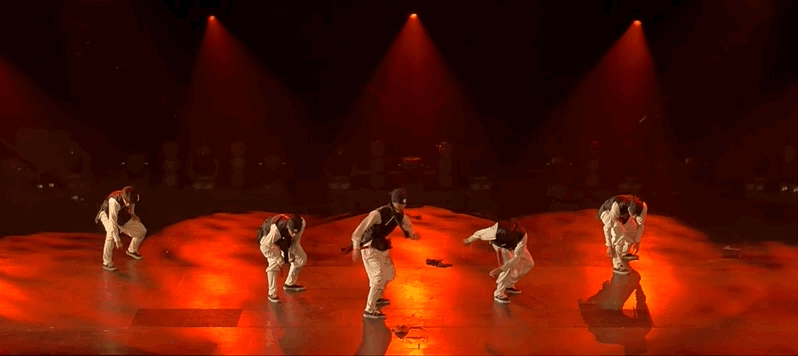
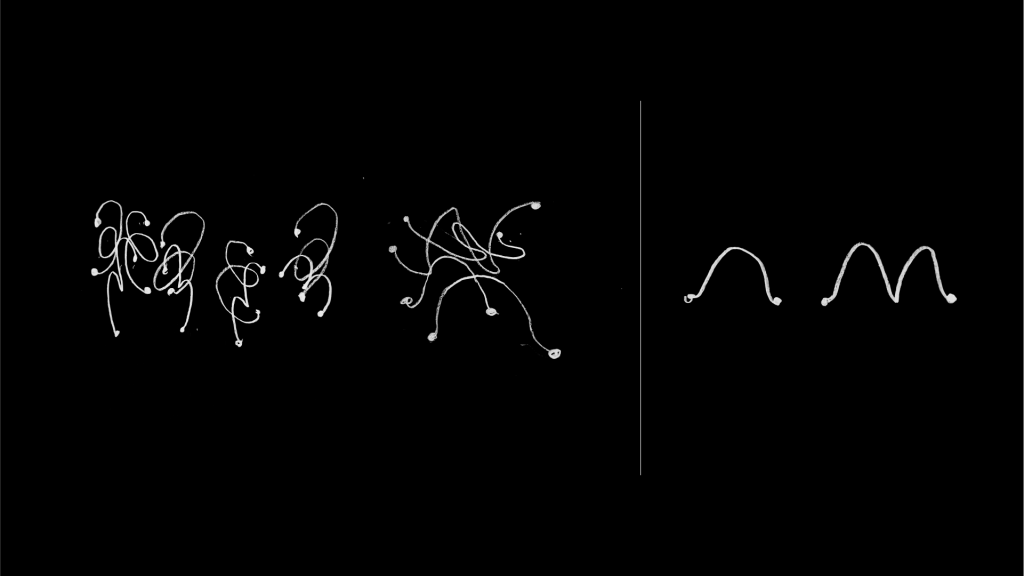
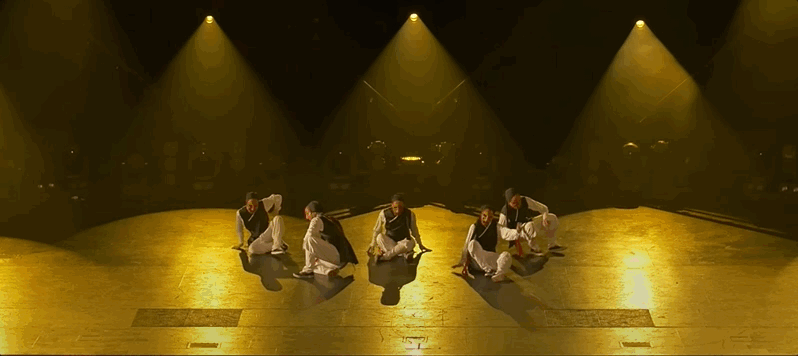
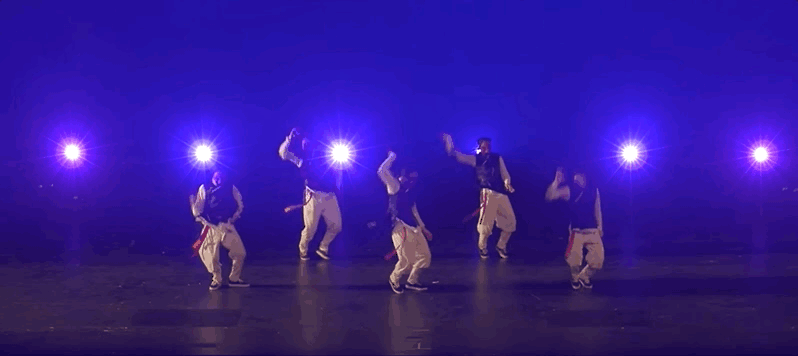
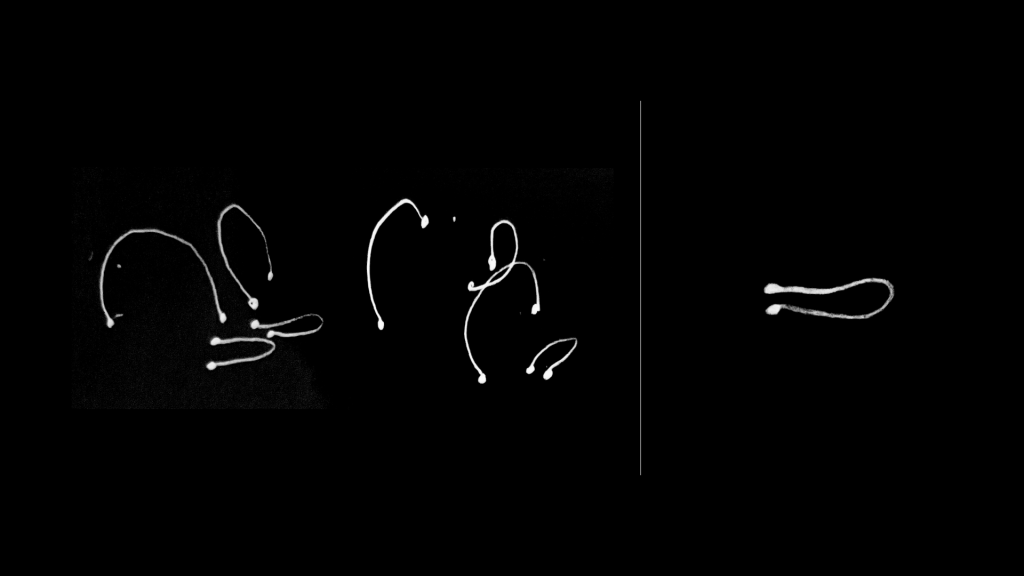
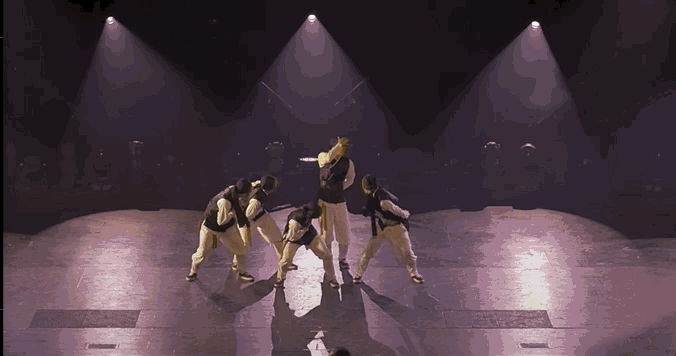
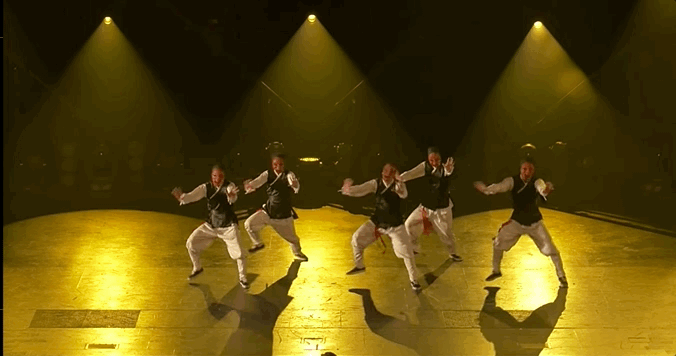
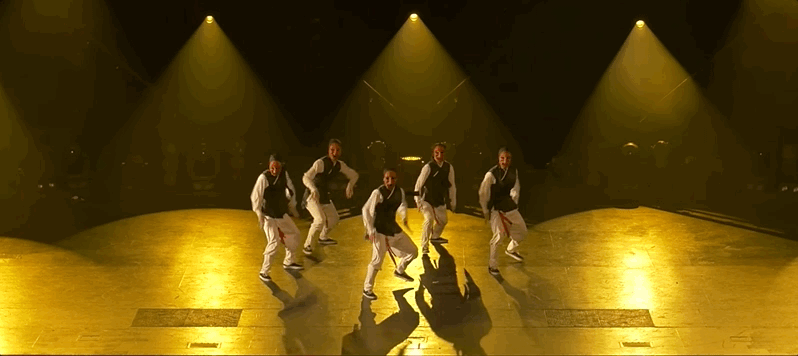
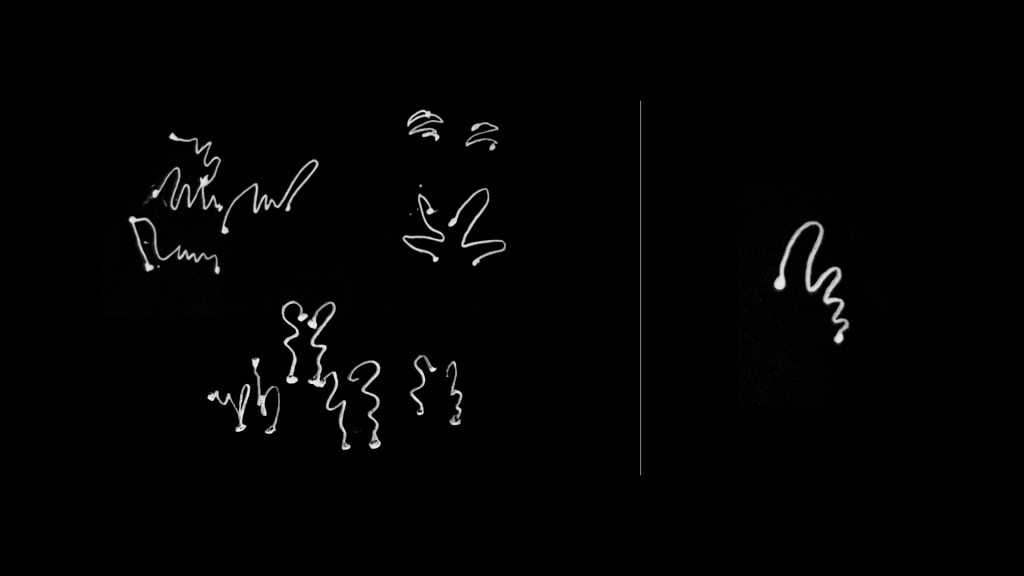
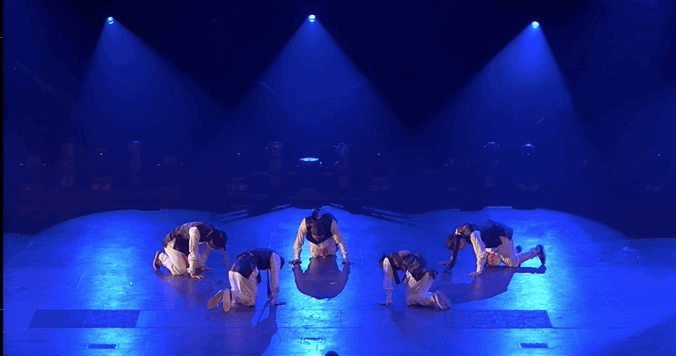
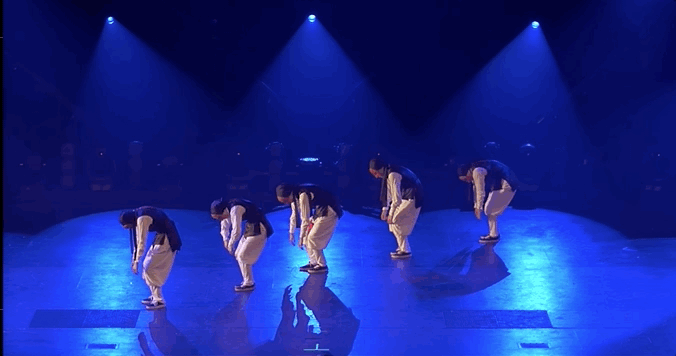
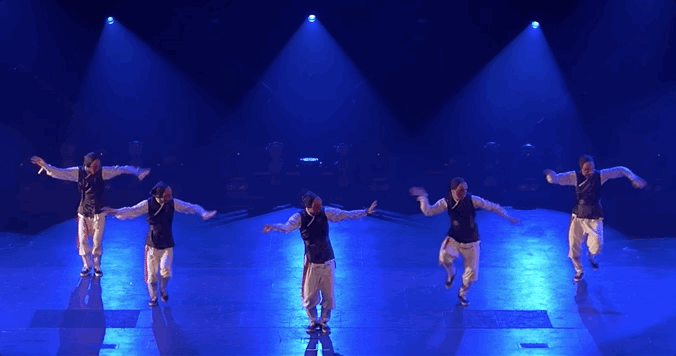
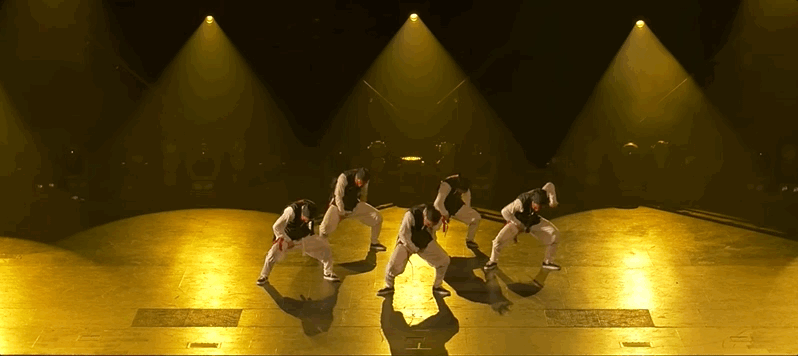
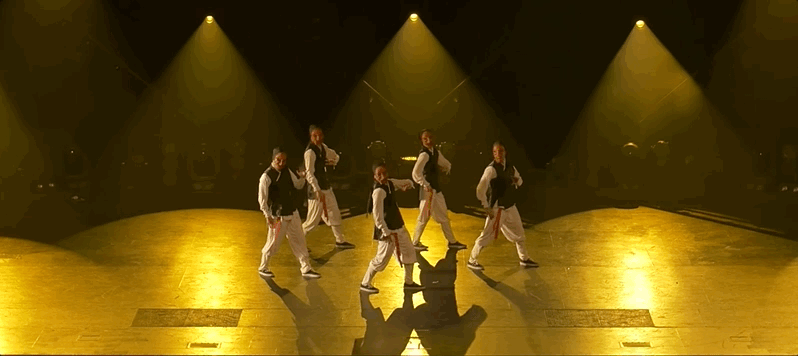
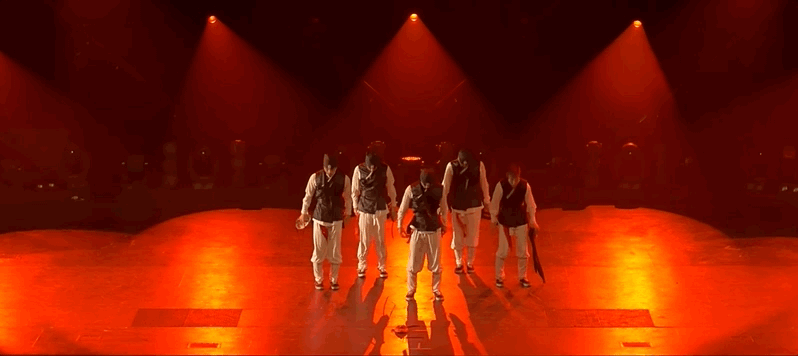
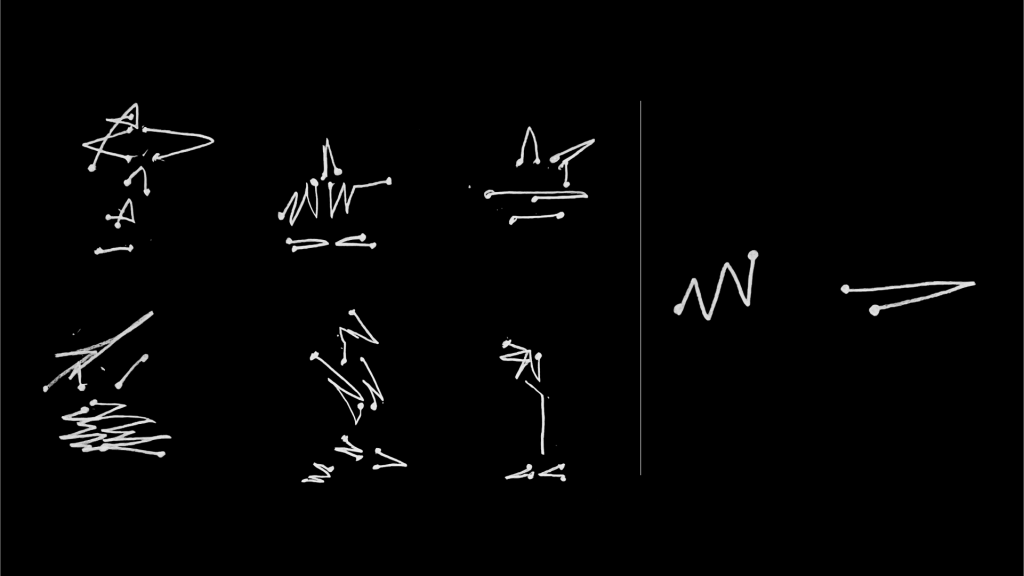
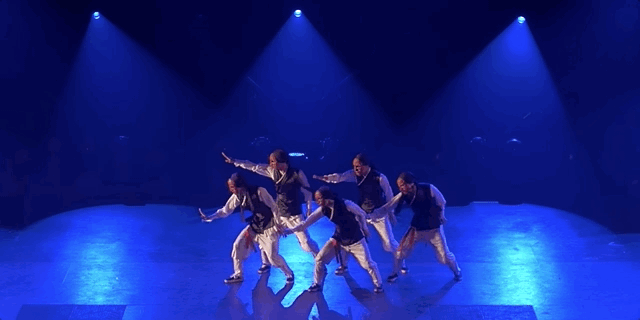
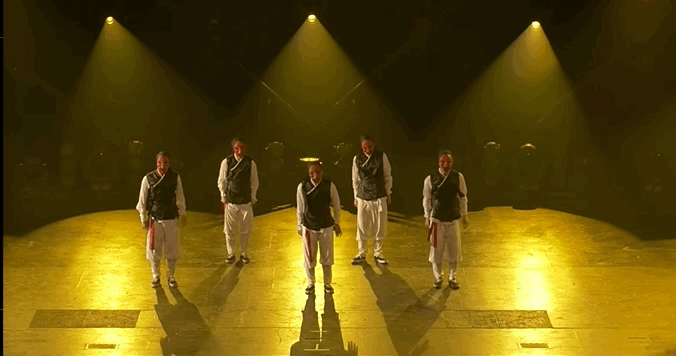
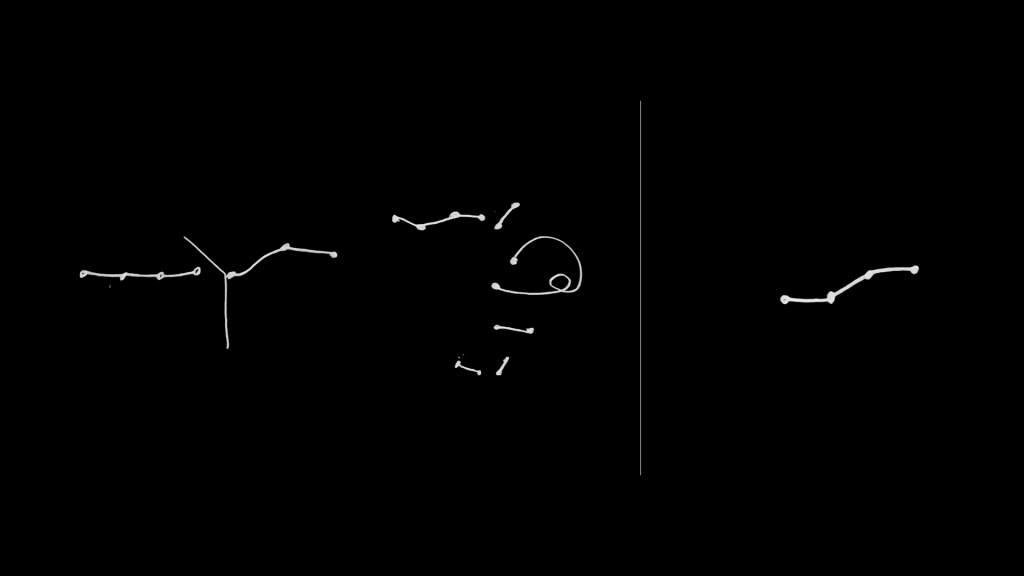
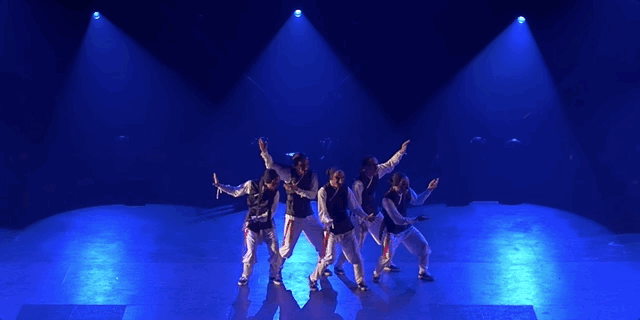
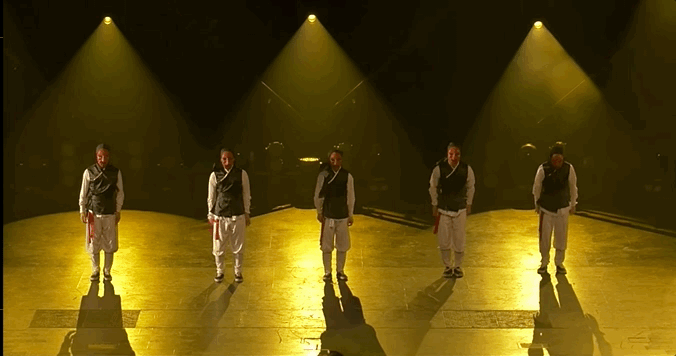
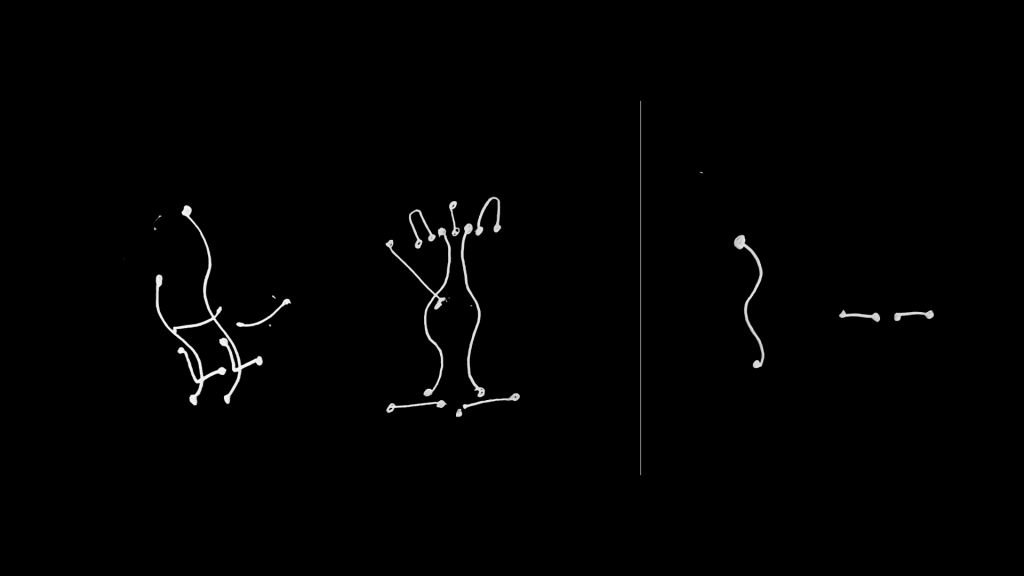
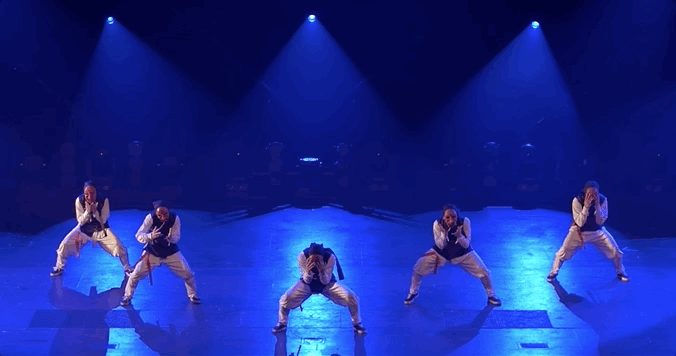
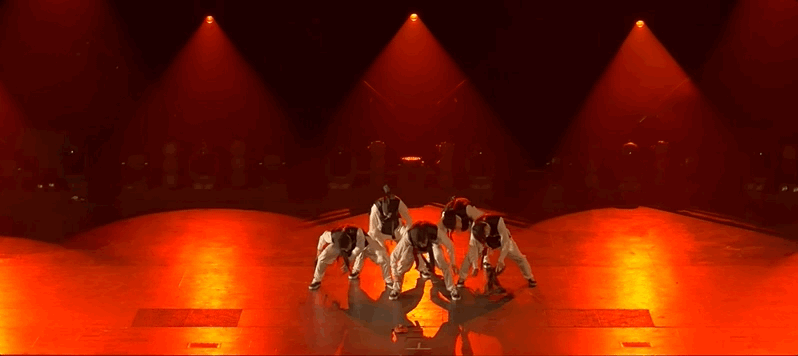
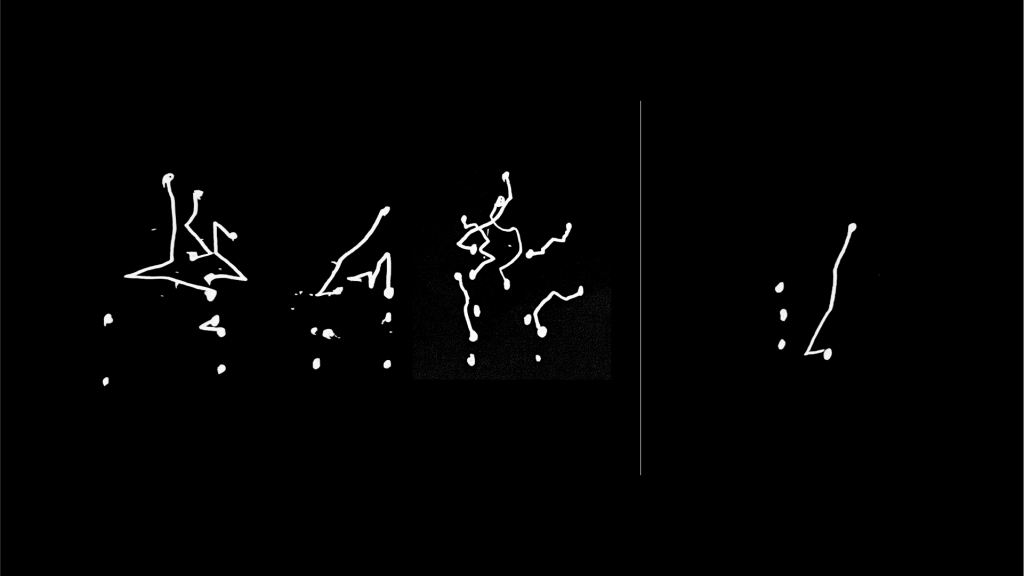
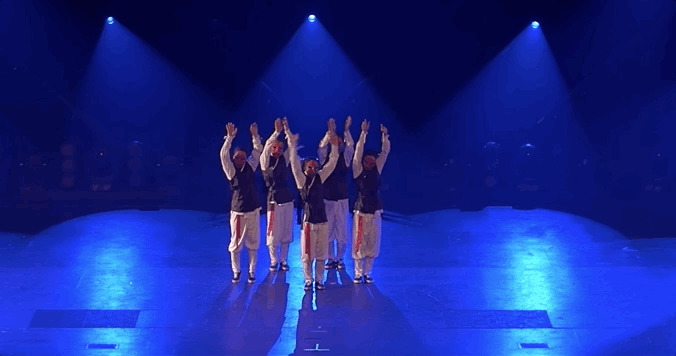
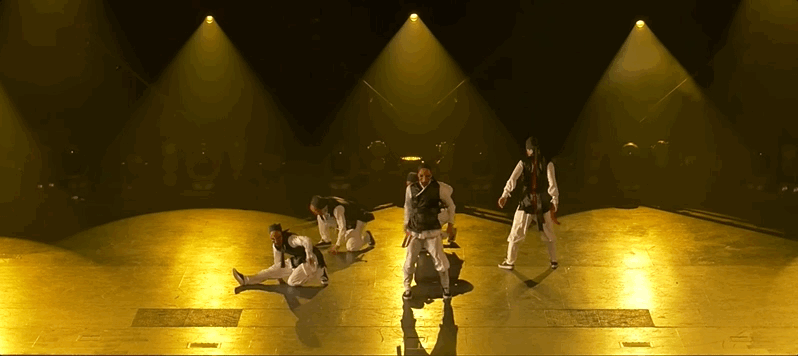
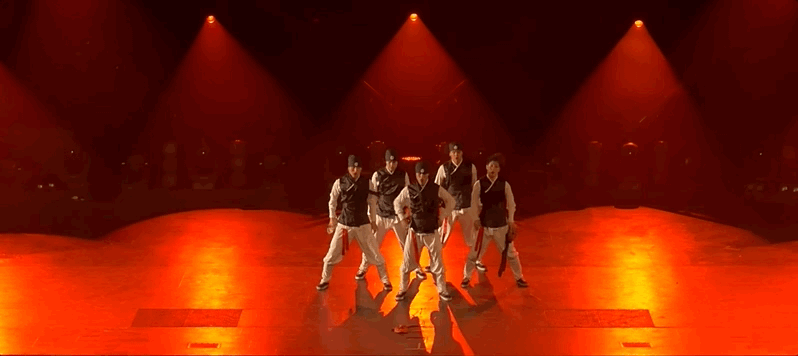
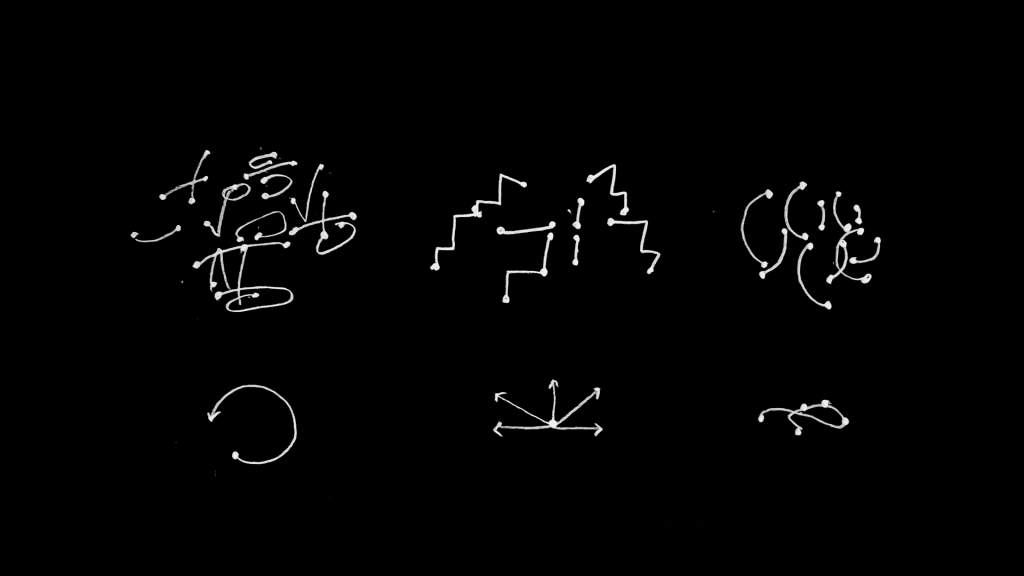
Representing

Finally, I broke them down by the muscles they controlled as they danced. It was hard to tell from their movements alone, so I mimicked the movements myself to see which muscles they focused on.
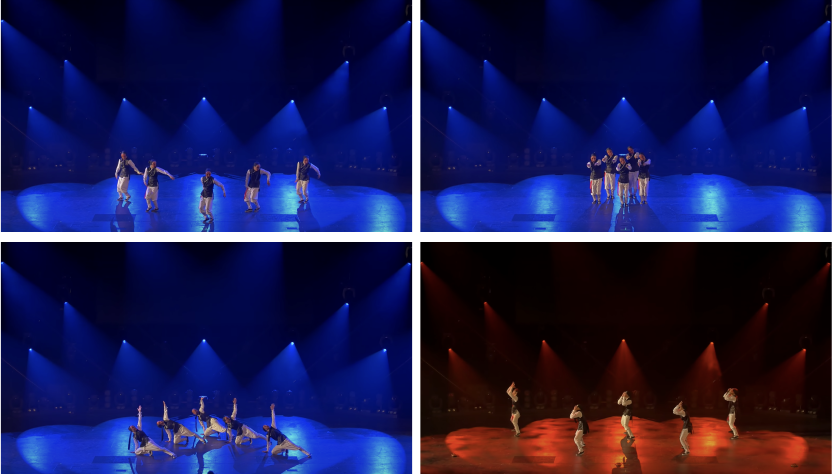
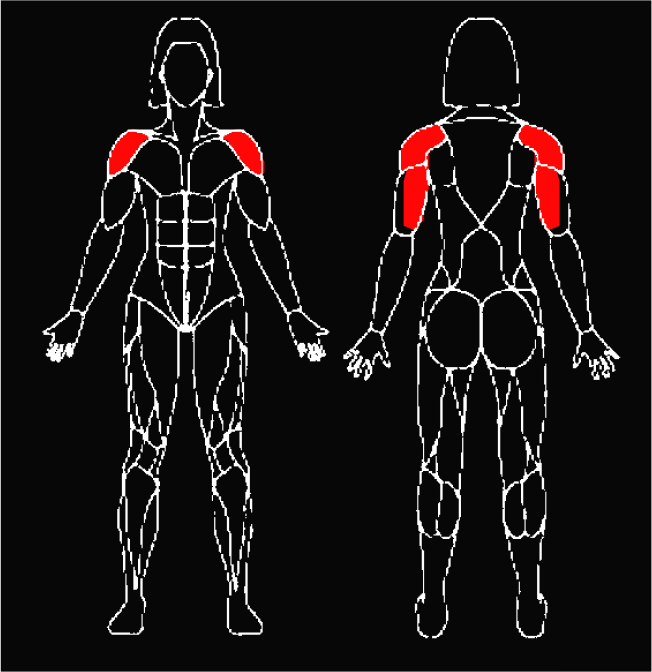
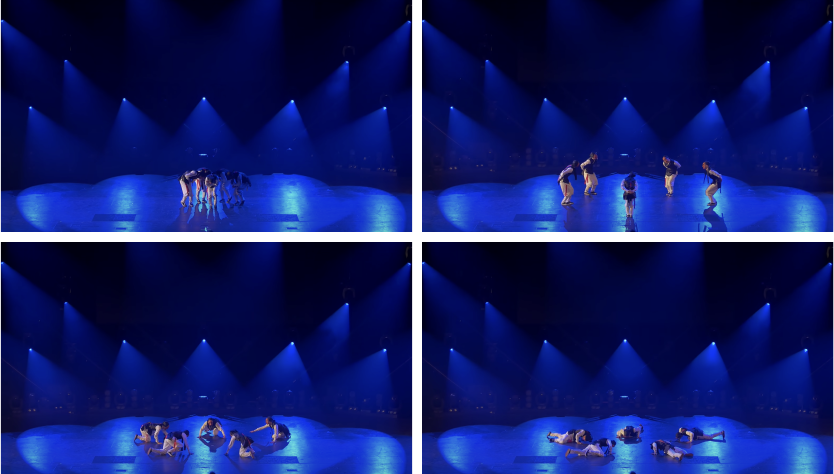
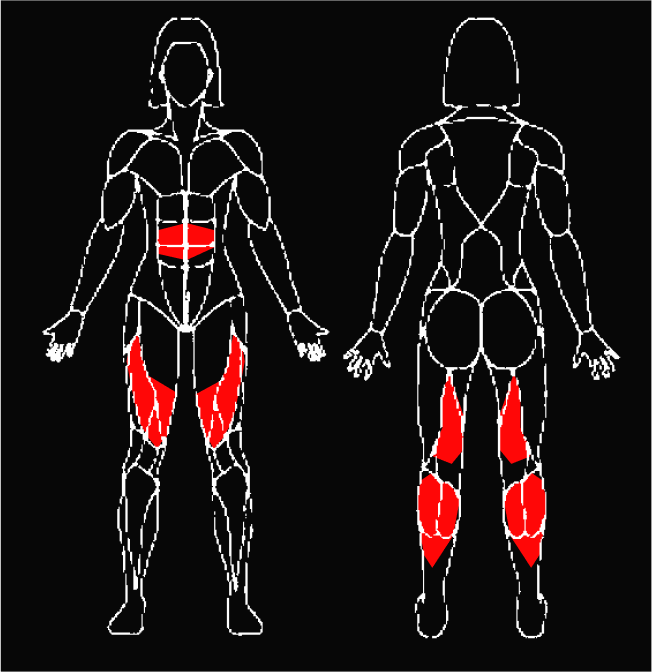

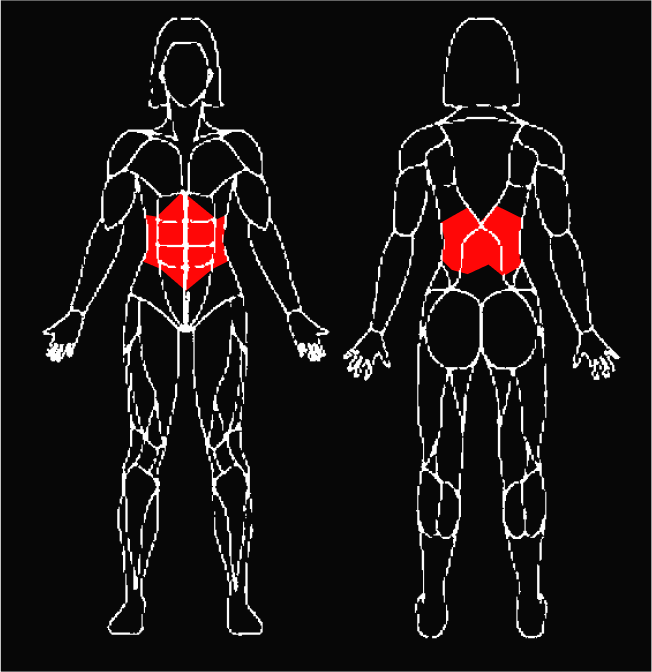

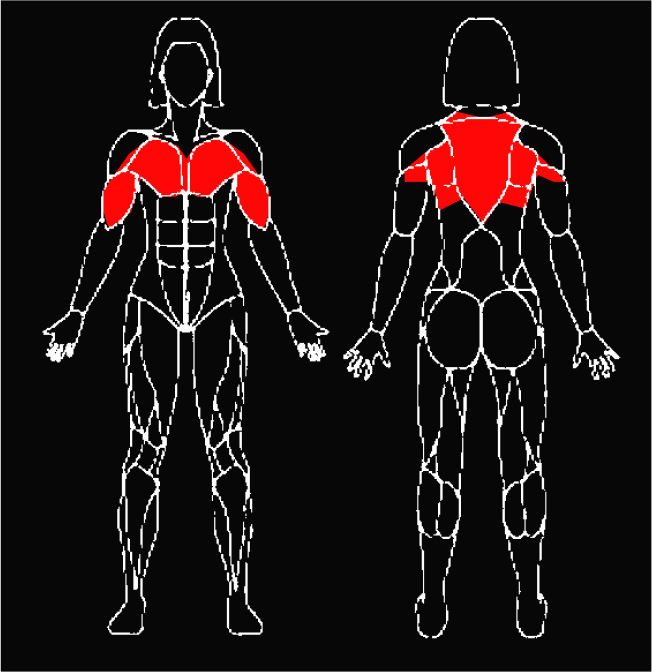

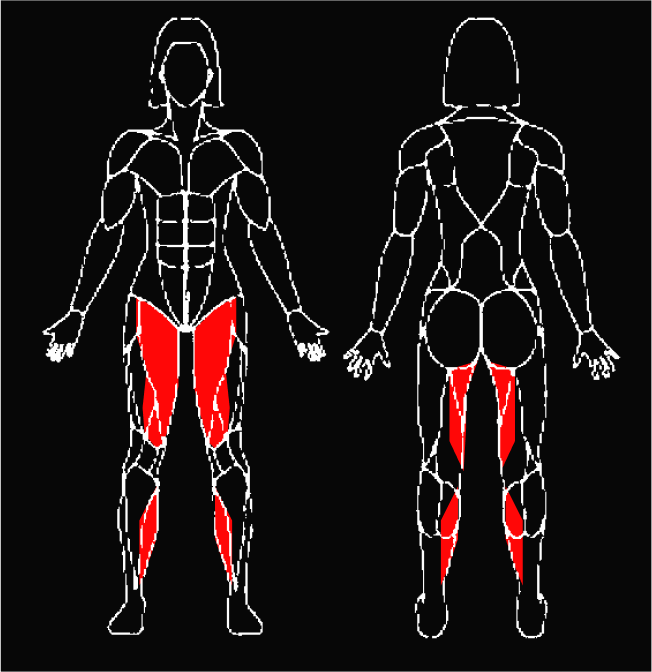
Feedback:
- You have to find the collection in the set list. Nevertheless, go ahead.
- Be a little more specific about which method you used.
- It would be interesting to superimpose the line drawings of the movements in method 2 (redrawing) to create a new dance.
- You could link the dancers’ movements (method 2) to the muscles used (method 3).
- The research methods are fun and unique.
- In method 3 (representing), I don’t know how to deepen the method beyond the use of muscles.
- It’s like an oriental martial art.